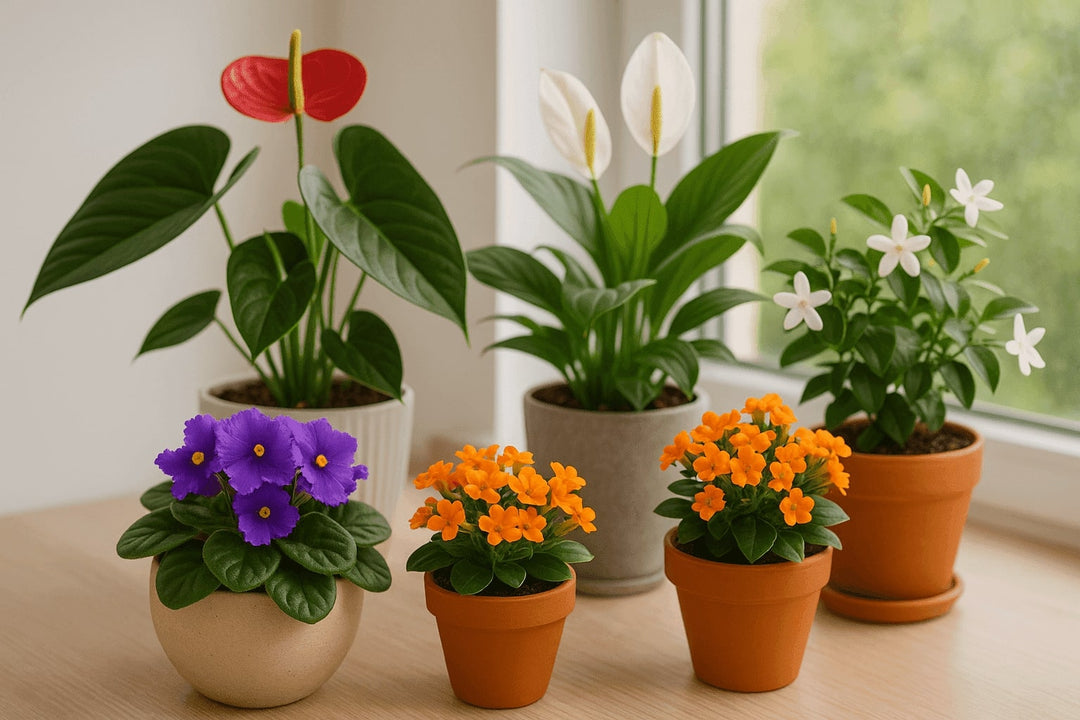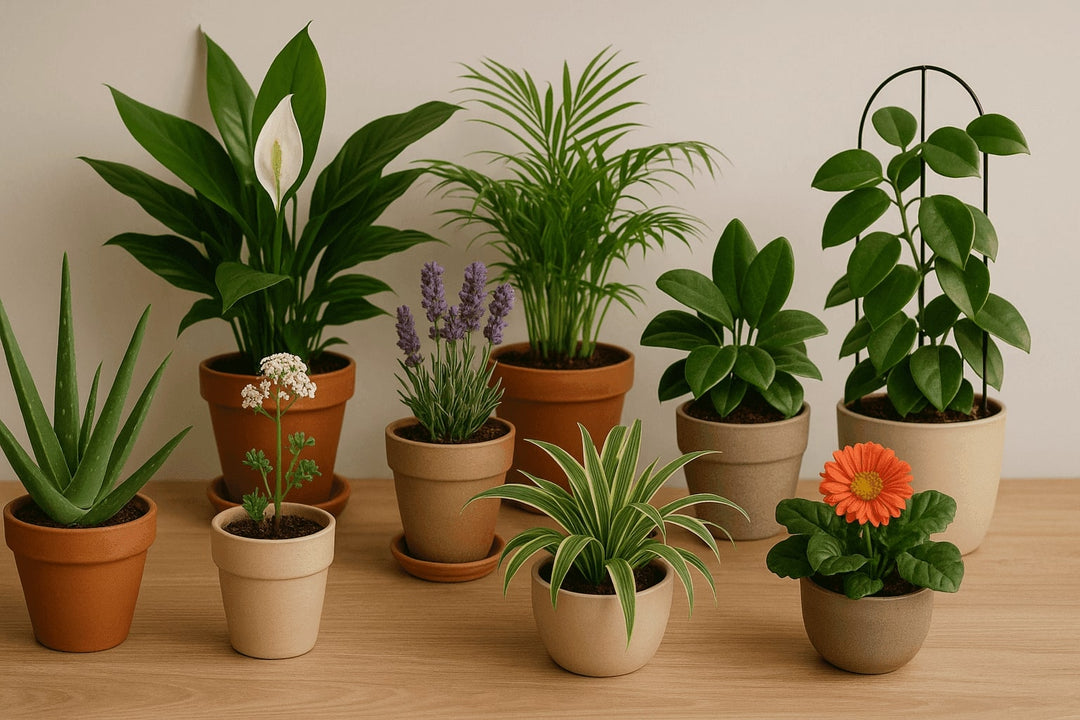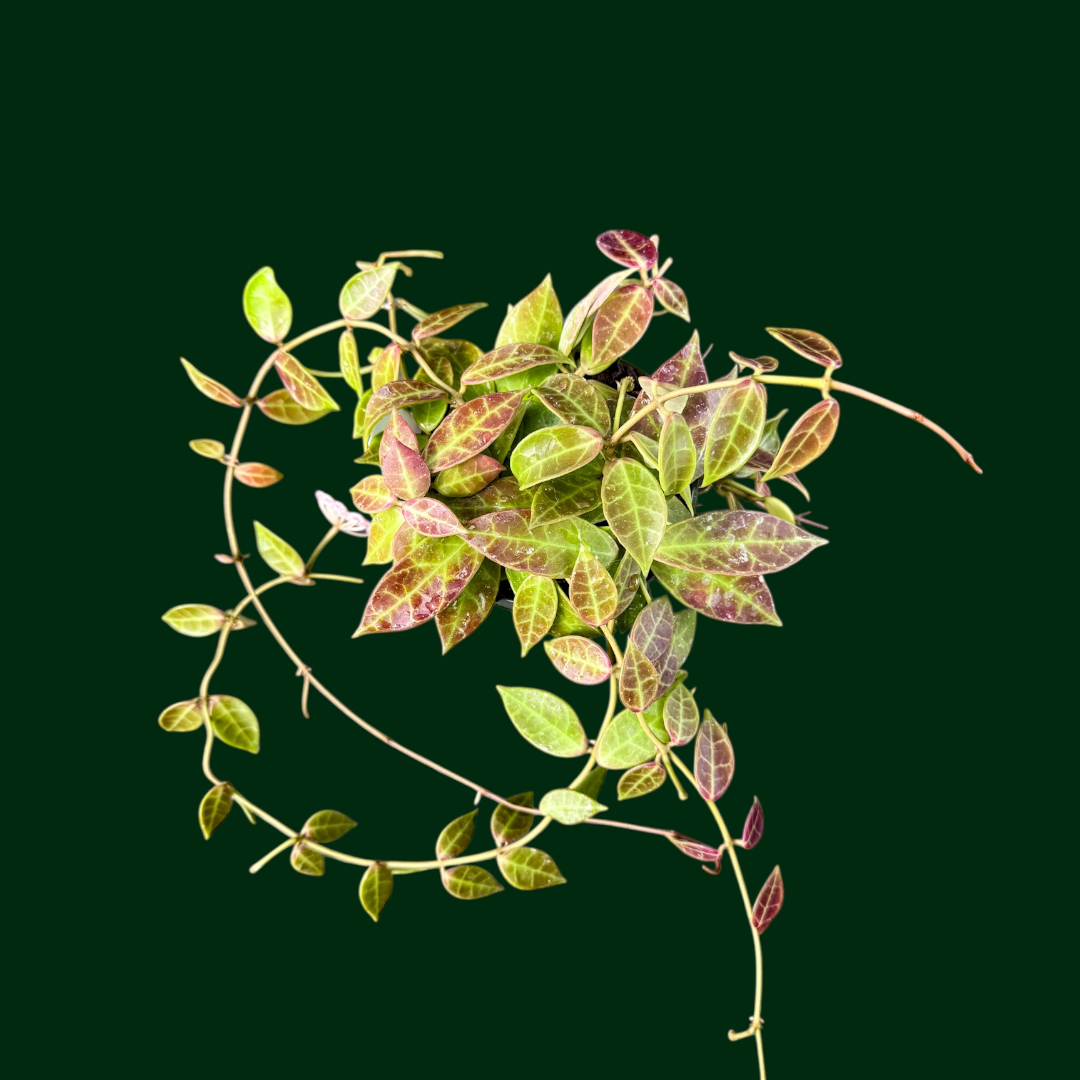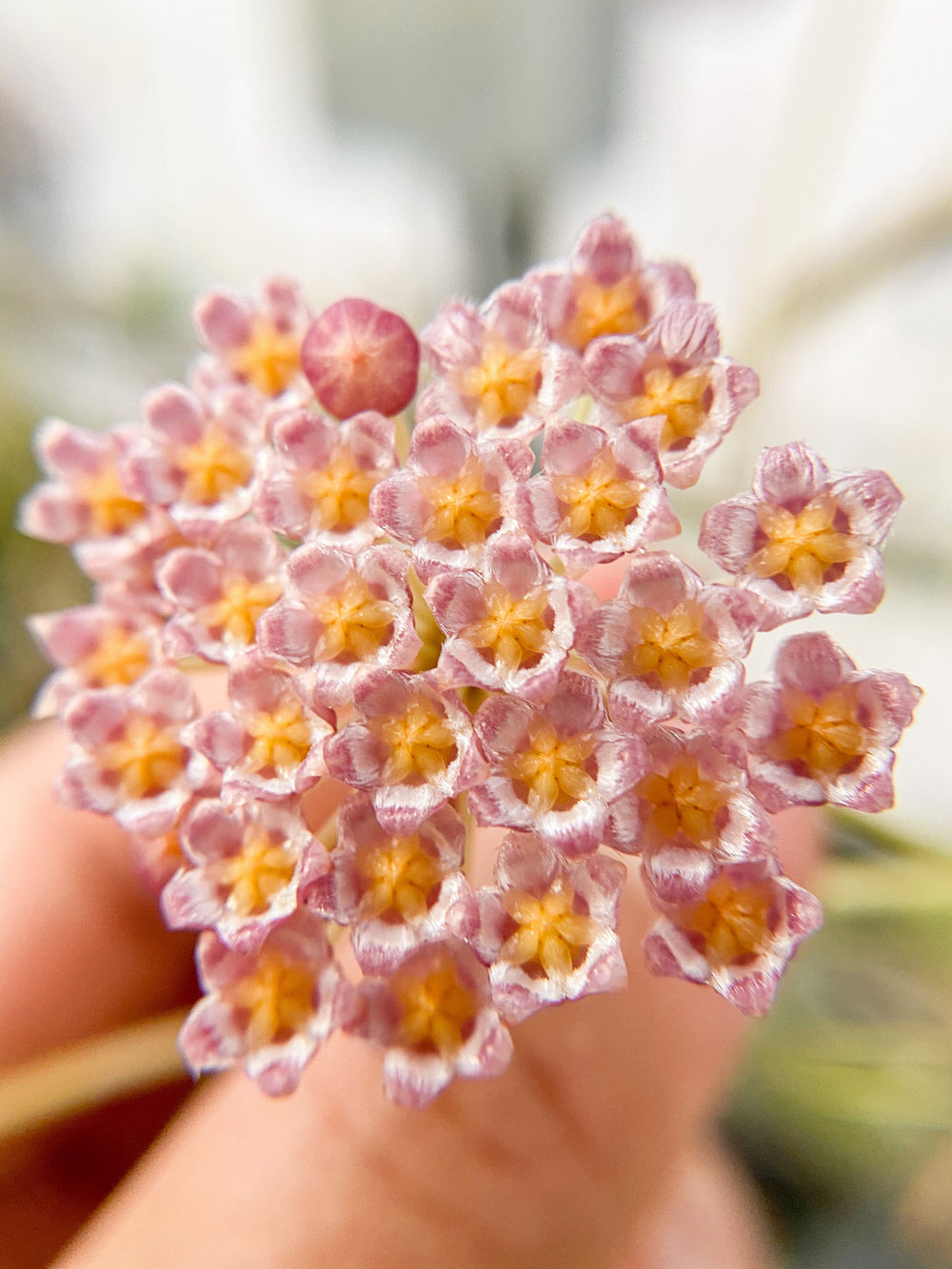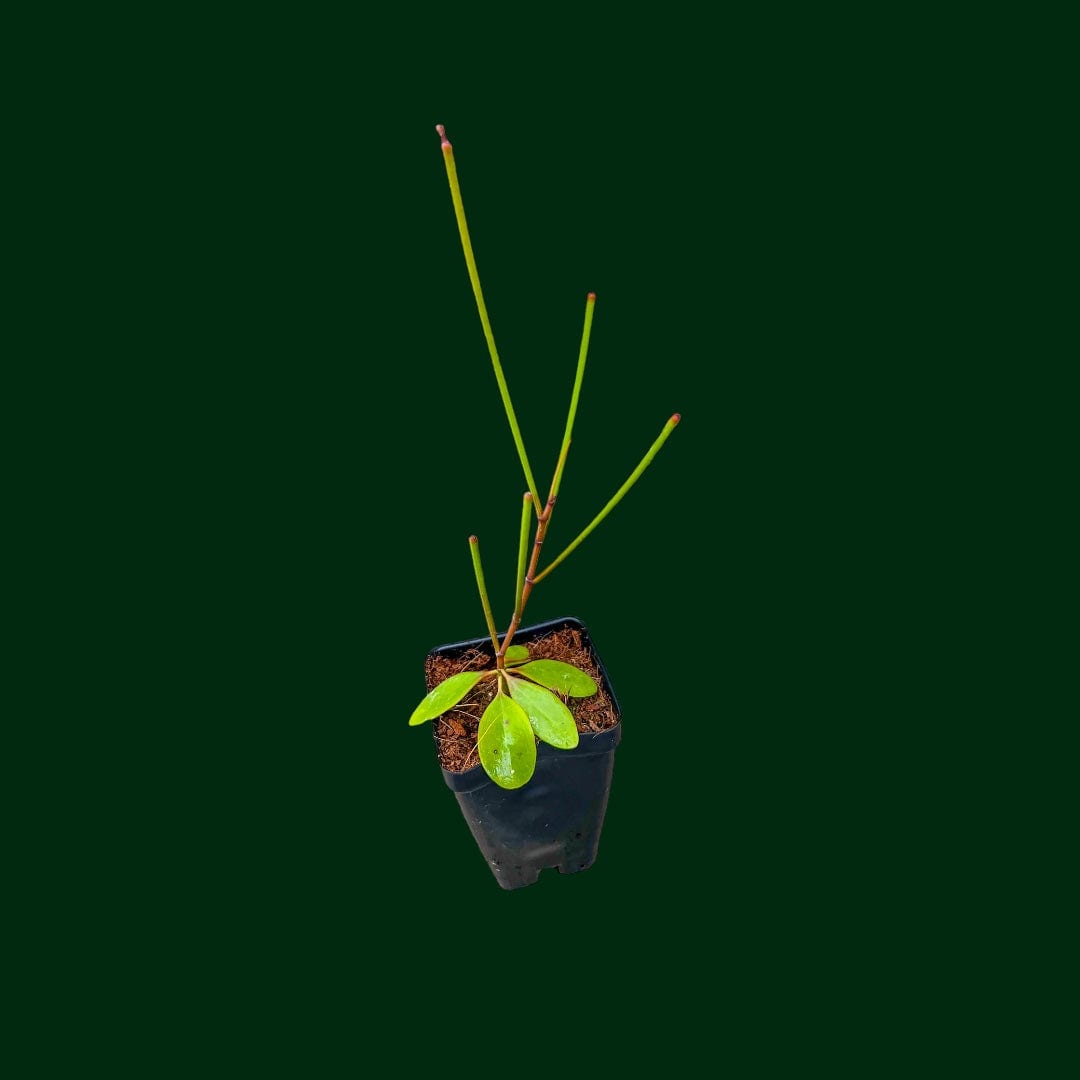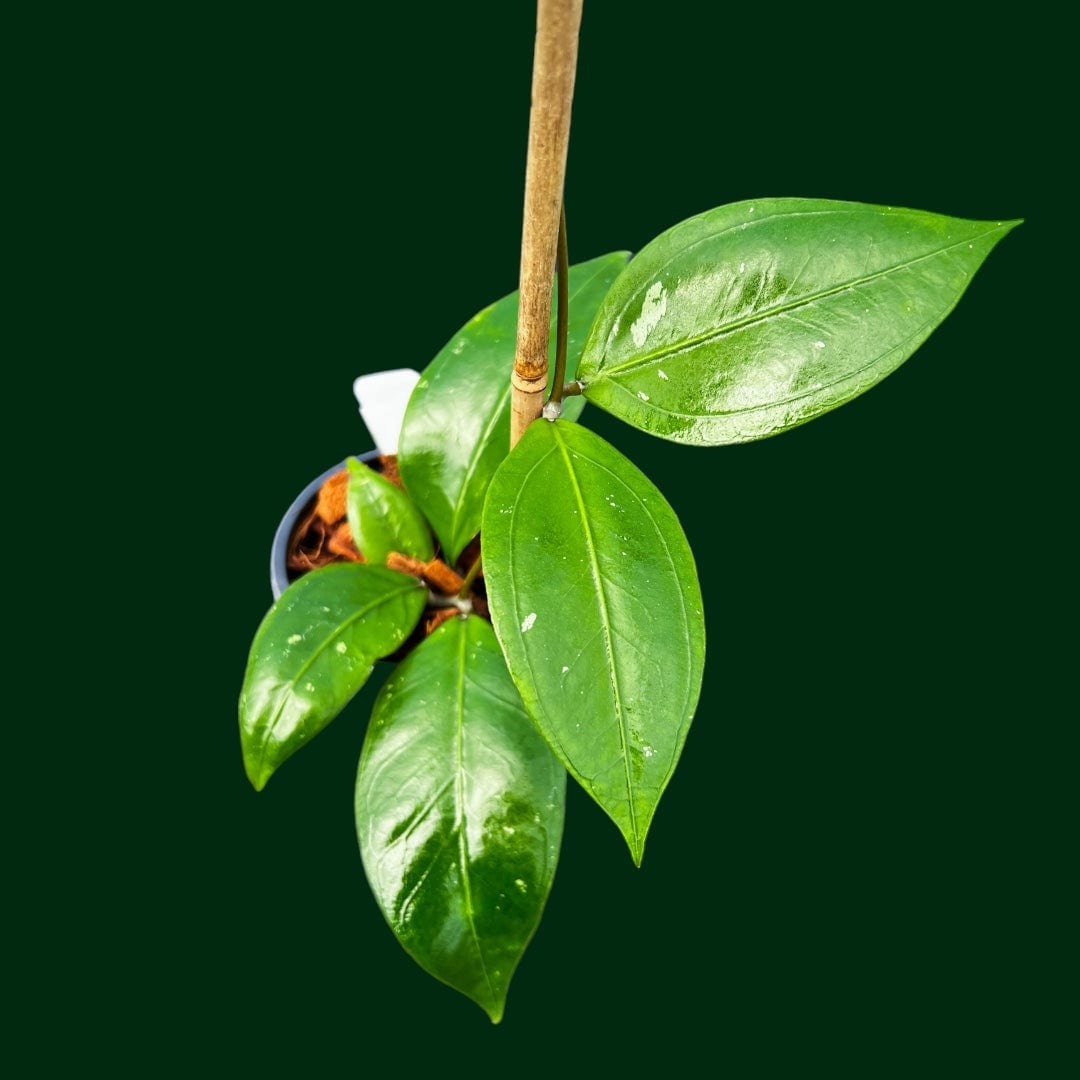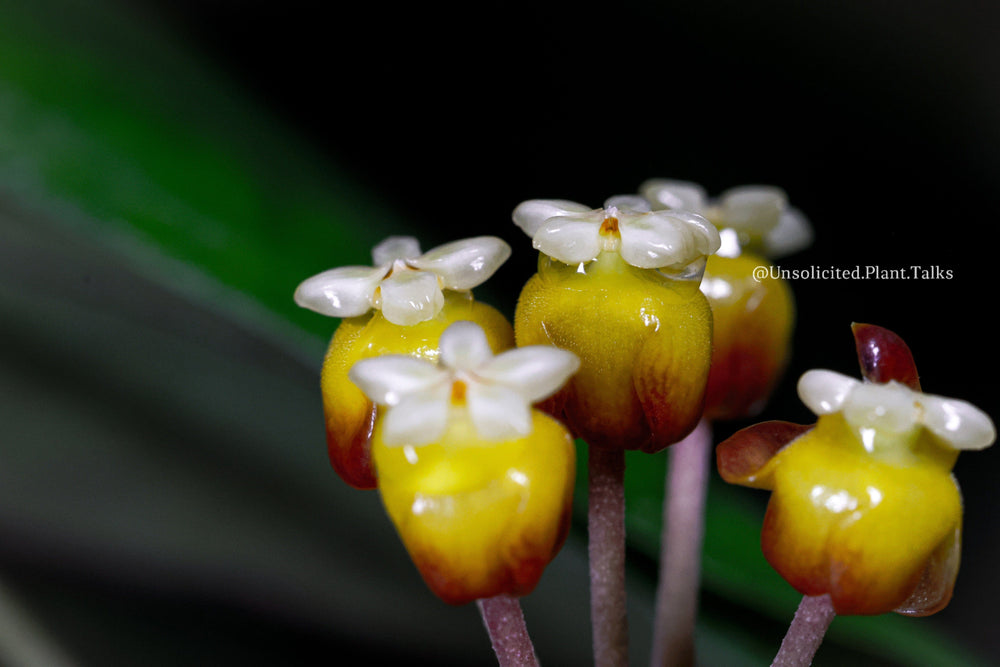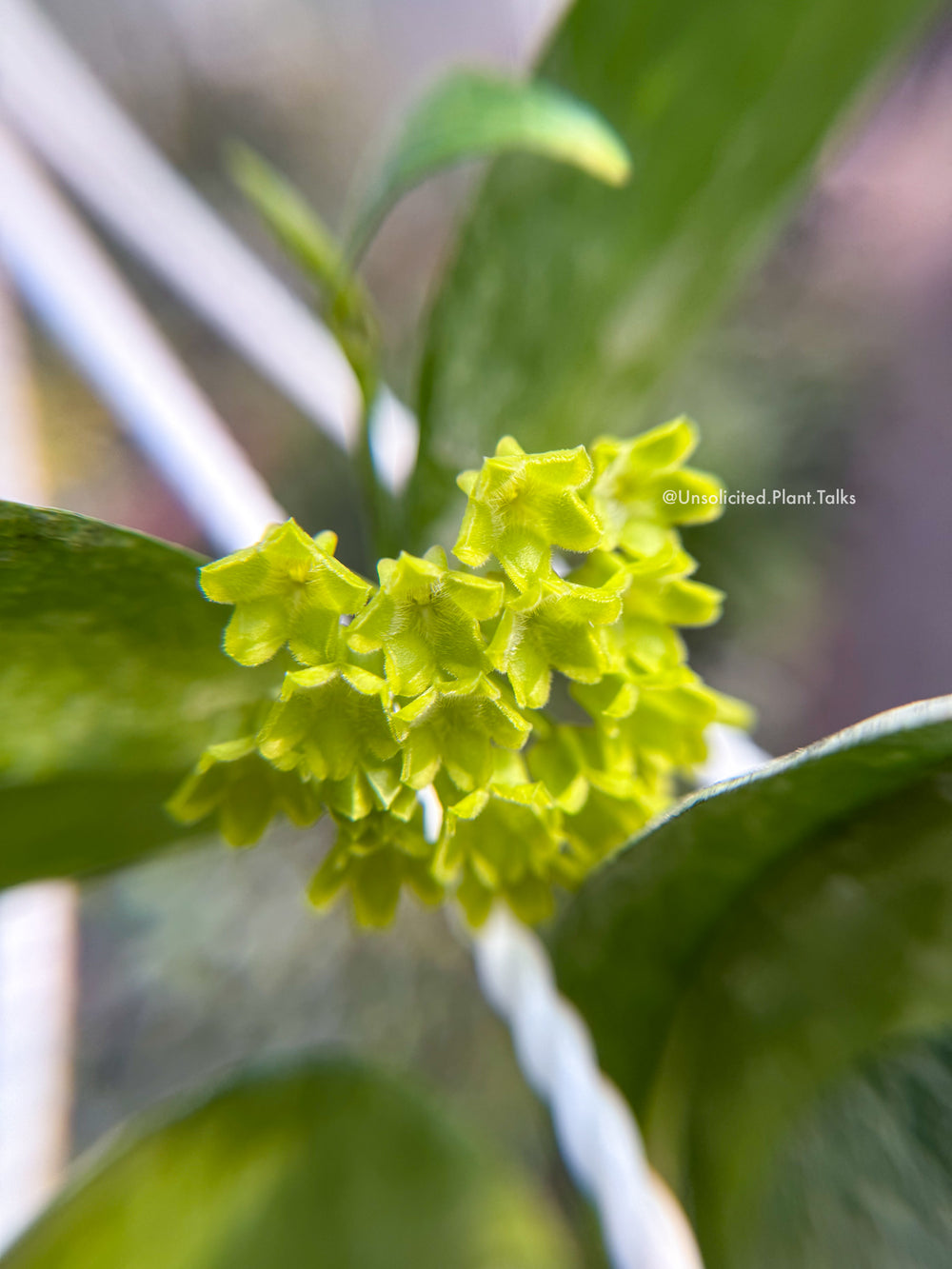6 Best DIY Organic Fertilizers for Houseplants
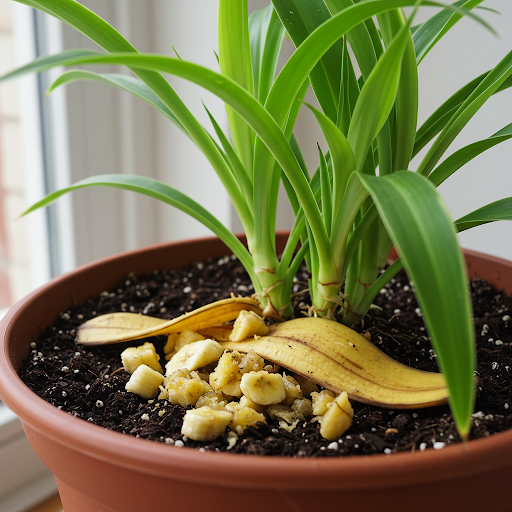
Table of Contents
- 6 Best DIY Organic Fertilizers
- How to Collect Ingredients for DIY Organic Fertilizers
- How to Use DIY Organic Fertilizers
- Benefits of Using DIY Organic Fertilizers
- The Bottom Line
- Frequently Asked Questions (FAQ) 🌿
When it comes to growing healthy and thriving houseplants, using organic fertilizers is one of the best choices you can make. Unlike synthetic options, natural fertilizers for plants are made from natural, sustainable materials like compost, manure, and plant-based substances.
They’re not only better for the environment but also safer for your indoor plants, providing essential nutrients without the risks associated with chemicals.
In this guide, we’ll explore the best homemade fertilizer for indoor plants and how you can easily create your own DIY plant food.
6 Best DIY Organic Fertilizers
The following DIY houseplant fertilizer options provide a variety of essential nutrients, making them a perfect addition to your plant care routine. Let’s take a closer look at these homemade fertilizers for potted plants:
|
Image |
Fertilizer 🌱 |
Nutrients 📊 |
Good for 🪴 |
|
|
#1 Coffee Grounds |
Nitrogen, potassium, calcium, and magnesium |
Acid-loving plants such as ferns and African violets |
|
|
#2 Eggshells |
Calcium |
Succulents and cacti |
|
|
#3 Banana Peels |
Potassium |
Flowering plants such as orchids and peace lilies |
|
|
#4 Fish Tank Water |
Nitrogen, phosphorus, and potassium |
Plants that prefer moist soil |
|
|
#5 Rice Water |
Starches and nutrients |
All plants |
|
|
#6 Compost Tea |
Balanced range of nutrients |
All plants |
How to Collect Ingredients for DIY Organic Fertilizers
You won’t believe how easy it is to make your own homemade plant fertilizer. It can be done using common household items or materials - here’s how:
Coffee Grounds
How to Collect: Save your used coffee grounds from your daily brew. You can store them in a container in your kitchen until you're ready to use them for your plants. If you're an avid coffee drinker, you might have enough for your plants in no time!
🌱 Tip: Many coffee shops will also give away used grounds for free, so you can ask for some next time you're out.
Eggshells
How to Collect: Save the eggshells from your meals. Simply rinse them to remove any leftover egg whites or yolk, then crush them into small pieces or grind them into a fine powder.
🌱 Tip: You can store eggshells in a jar or container until you have enough to use as a fertilizer for your plants.
Banana Peels
How to Collect: After enjoying your banana, save the peel. You can chop the peel into small pieces or let it dry out before adding it to your plants as a natural fertilizer.
🌱 Tip: If you don’t want to use the peels immediately, freeze them until you're ready. This also helps break down the peel when you're ready to use it.
Fish Tank Water
How to Collect: If you have an aquarium, save the water when you do regular water changes. Fish tank water contains valuable nutrients like nitrogen, phosphorus, and potassium, which are great for plants.
🌱 Tip: Avoid using water from a tank with chemicals or treatments that could harm your plants, such as medications or heavy chlorine content.
Rice Water
How to Collect: After rinsing rice before cooking, collect the starchy water in a container. You can also use leftover rice water if you’ve cooked rice and have some remaining.
🌱 Tip: Rice water is full of starches and nutrients that can be used for plants. Allow it to cool before applying to your plants.
Compost Tea
How to Collect: Compost tea is made by steeping compost in water. To make it, place some well-decomposed compost into a mesh bag or cloth, then soak it in water for a few days. You can use this tea to water your plants.
🌱 Tip: Keep a compost bin or pile in your backyard or kitchen scraps to produce nutrient-rich compost. You can even use a compost tumbler for quicker results.
How to Use DIY Organic Fertilizers
Using homemade plant fertilizer is easy, and there are several methods to choose from depending on your preference and the specific needs of your plants. Here's how to apply them effectively:
-
Mix into the Soil: Blend your fertilizer into the soil when repotting or during the growing season. This allows the nutrients to slowly release as the plant needs them.
-
Water with Fertilizer: For homemade fertilizer for indoor plants, you can dilute it with water and use it as a nutrient-rich watering solution.
-
Leaf Sprays: Some fertilizers, like compost tea, can be sprayed directly onto the leaves, allowing the plant to absorb nutrients through the foliage.
|
Good to know 🌱 Remember to use these fertilizers in moderation. Over-fertilizing can cause nutrient imbalances or burn your plant’s roots, so make sure to follow the recommended amounts for each plant type. |
Benefits of Using DIY Organic Fertilizers
Choosing DIY organic fertilizers offers several advantages over store-bought options, especially when you're looking for a more sustainable, cost-effective solution for your plants. Here are some benefits:
-
Improved Plant Health: Homemade indoor plant food supports overall plant growth, ensuring strong roots, vibrant foliage, and robust blooms.
-
Boosted Plant Yield: For flowering plants like orchids or vegetables, these fertilizers can enhance the yield by supplying essential nutrients.
-
Eco-Friendly: By using natural fertilizers for indoor plants, you’re reducing your environmental footprint and avoiding chemicals that can harm local ecosystems.
-
Cost-Effective: Many DIY houseplant fertilizers use common kitchen scraps, making them a low-cost option for regular plant care.
If you are looking for a natural and eco-friendly way to fertilize your houseplants, DIY organic fertilizers are a great option!
The Bottom Line
By using natural indoor plant fertilizer, you’re not only nurturing your houseplants but also contributing to a healthier, more sustainable environment. These homemade plant fertilizers are easy to make, cost-effective, and a great way to provide essential nutrients to your plants. Start incorporating these organic options into your plant care routine and watch your indoor garden thrive!
Frequently Asked Questions (FAQ) 🌿
Q: Are DIY organic fertilizers safe for my pets?
A: Most DIY organic fertilizers are generally safe for pets. However, it's always a good idea to keep pets away from freshly applied fertilizers, especially those containing strong-smelling ingredients like fish emulsion.
Q: Can I use these fertilizers on all my houseplants?
A: While many of these fertilizers are suitable for a wide range of plants, some may be more beneficial for certain types. For example, coffee grounds are ideal for acid-loving plants, while eggshells are great for succulents and cacti.
Q: How often should I fertilize my houseplants?
A: The frequency of fertilization depends on the type of plant, the growing season, and the specific fertilizer used. Generally, once a month during the growing season (spring and summer) is perfectly enough. In fall and winter, reduce the frequency of fertilizing as plants enter a resting period.
Q: What if I over-fertilize my plants?
A: First of all, don’t panic! Over-fertilization can lead to nutrient burn, causing leaf tips to brown or roots to be damaged. If this happens, flush the soil with water to remove excess fertilizer and reduce future applications.
Q: Can I compost kitchen scraps and use them to fertilize my houseplants?
A: Yes! Kitchen scraps like coffee grounds, vegetable peels, and banana skins can be composted to create rich, nutrient-dense soil. Just make sure your compost is fully decomposed and pathogen-free before applying it to your plants.









